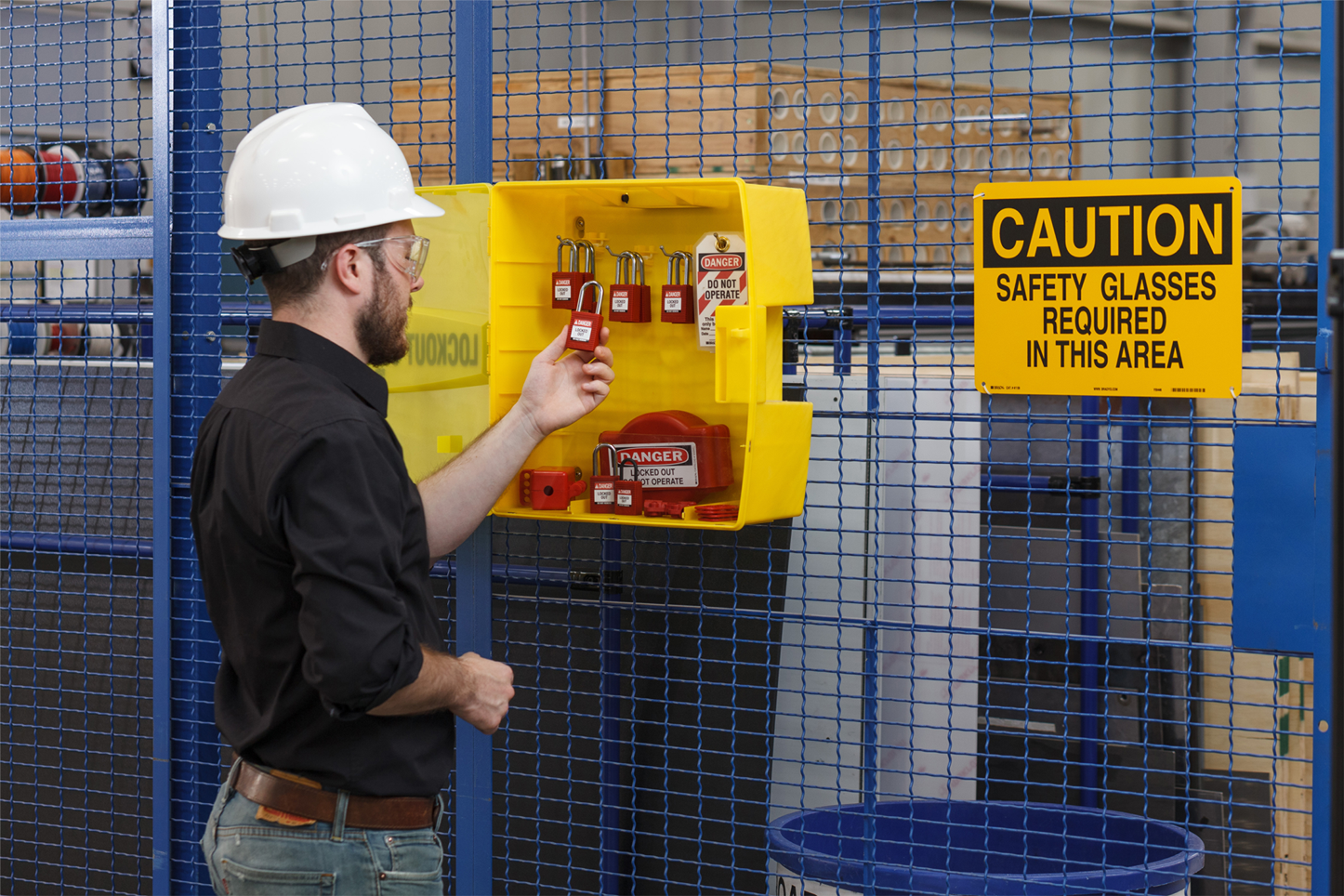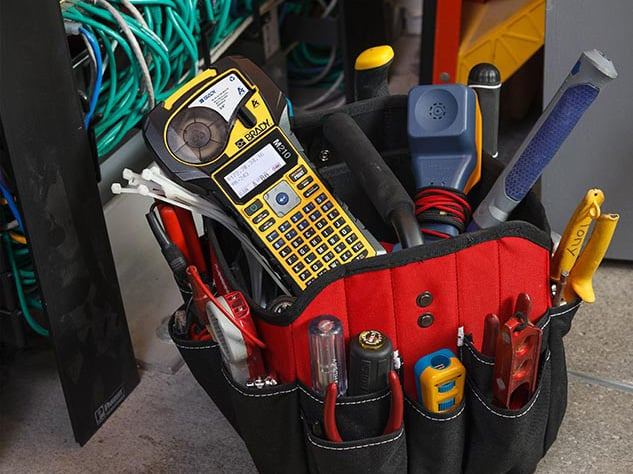What is the DMAIC Process?
For manufacturing and other industries that demand precision and top-notch quality, DMAIC (Define, Measure, Analyze, Improve, Control) can be a powerful process. This Six Sigma framework delivers a structured, data-driven approach that cuts through the noise to pinpoint problems, measure exactly what's happening, and dig deep to find the root causes. From there, it's all about implementing smart solutions and putting controls in place that ensure those improvements stick around for good.
Imagine fewer defects rolling off the line, smoother workflows that free up teams, and a noticeable jump in product quality — that's the kind of impact DMAIC brings to the table. And when you layer in waste-reducing Lean principles, you get an incredible combination that fuels continuous improvement and drives productivity gains. Let’s take a closer look at DMAIC.
Breaking down the DMAIC process
The DMAIC process is a structured five-stage approach to problem-solving and process improvement. Each stage builds on the previous one to provide data-driven, lasting results. When implementing DMAIC, here’s how to execute each of the five steps.

- Define: Clearly identify the problem, goals and customer needs. For example, a manufacturer may define a goal to reduce packaging delays.
- Measure: Collect data on current performance. This might involve tracking production times or error rates.
- Analyze: Examine data to uncover the root causes of issues — like a bottleneck caused by slow labeling processes.
- Improve: Implement targeted solutions. A business might streamline packaging by introducing faster, automated industrial label printers to speed up labeling and reduce downtime.
- Control: Develop systems to maintain improvements, such as regular performance checks or workflow tracking that uses barcode labels for visibility.
Each phase builds momentum toward lasting improvement. By using DMAIC, companies can identify issues, streamline operations and enhance efficiency. Tools like industrial label printers support these efforts by improving traceability, ensuring faster processes and helping maintain quality control across operations.
Why is a DMAIC process important for businesses?
DMAIC isn't just important. It's fundamental to achieving true operational excellence and lasting success. This powerful, data-driven framework gives you the concrete steps to pinpoint exactly where inefficiencies are dragging you down and how to fix them, systematically. By constantly refining your operations with DMAIC, you'll see less waste, deliver consistently high-quality products, and provide exceptional service — all of which forge stronger customer loyalty and give you a real edge over the competition.
Also, think about integrating DMAIC with critical safety practices like lockout tagout (LOTO) procedures. It’s a smart move that boosts both efficiency and keeps your people safe. For instance, during the Analysis phase, you might uncover that equipment maintenance is slowing things down. By implementing robust LOTO procedures to ensure machinery is properly locked out before service, you safeguard workers while solving the bottleneck. This is the Improve phase in action: creating streamlined, safer maintenance that not only ramps up productivity but also prevents costly accidents.

And DMAIC doesn't stop there. The Control phase ensures these improvements become the new standard through consistent safety checks and performance monitoring. When you combine the power of DMAIC with solid safety practices, you're not just making your operation more efficient — you're building a more resilient and successful business where both your employees and your bottom line thrive.
How the DMAIC methodology supports quality management
The DMAIC methodology complements quality management systems (QMS) by providing a straightforward approach to achieving continuous improvement. While QMS frameworks focus on setting quality standards and ensuring compliance, DMAIC drives targeted improvements within those systems, helping organizations identify root causes of inefficiencies, implement solutions and sustain positive results.
Visual tools, such as Lean workplace systems — including 5S boards, value stream maps and performance dashboards — increase DMAIC’s effectiveness in multiple phases:
- In the Define phase, visual process maps help teams pinpoint problem areas.
- During the Measure phase, real-time dashboards track performance metrics like cycle times or defect rates.
- The Analyze phase benefits from fishbone diagrams or Pareto charts to visualize root causes.
- In the Improve phase, Kanban boards help manage workflow adjustments to verify changes are smoothly integrated.
- Finally, in the Control phase, visual management tools like standard work displays maintain and monitor progress.
By combining DMAIC with visual Lean tools, organizations create a clearer, more collaborative environment. Within this environment, teams can drive long-term efficiency by quickly identifying issues, implementing improvements and sustaining higher performance.
4 Tips for Conducting the DMAIC Process
To successfully navigate each DMAIC phase, businesses need careful planning, precise execution and strong collaboration. Here are a few tips to help.
-
-
Set clear, measurable project goals
These goals should align with business objectives and customer needs. For example, a goal could be aiming to reduce production downtime by 20%. The Measure phase involves then collecting accurate data, such as tracking production cycle times, defects or delays, to establish a performance baseline.
-
-
-
Dive into the compiled data to uncover root causes
Foster team collaboration here, as diverse perspectives often reveal insights individual analysis might miss. For example, frontline operators may pinpoint practical bottlenecks leadership wouldn’t notice.
-
-
-
Brainstorm solutions together
Usually done in the Improve phase, this will help outline potential changes. Portable label printers are a valuable tool for documenting process adjustments and solutions in real time. From labeling equipment for quicker identification to marking new workflow paths, these labels ensure visibility and consistency when improving processes.

-
-
-
Standardize all successful changes
The control phase protects gains, but only when changes are documented and standardized. This step often utilizes visual cues and performance checks to sustain improvements.
-
Collaboration remains vital throughout the DMAIC process, especially during the Analysis and Improvement phases, to ensure solutions are practical, widely accepted and sustainable. Engaged, informed teams are more likely to champion the process improvements that drive long-term success.
The role of DMAIC in achieving operational excellence
So, what's the bottom line? The DMAIC methodology isn't just about fixing problems. It's about fundamentally enhancing your productivity, streamlining your entire operation and embedding a culture of continuous improvement deep within your organization's DNA. By making data-driven decisions the standard, you ensure that every improvement is targeted, effective and built to last.
Whether it's slashing rework, accelerating production cycles or optimizing your valuable resources, DMAIC empowers your teams to implement impactful solutions. And when you strategically align DMAIC with your Quality Management Systems (QMS) and other operational frameworks (think integrating it with ISO 9001 principles(opens in a new tab)) its impact multiplies across every department. This collaborative approach means that improvements in one area, like a more efficient manufacturing process, create positive ripple effects throughout your logistics and customer service teams.
That's the power of DMAIC, and that's how you build a better business, step by data-driven step.
